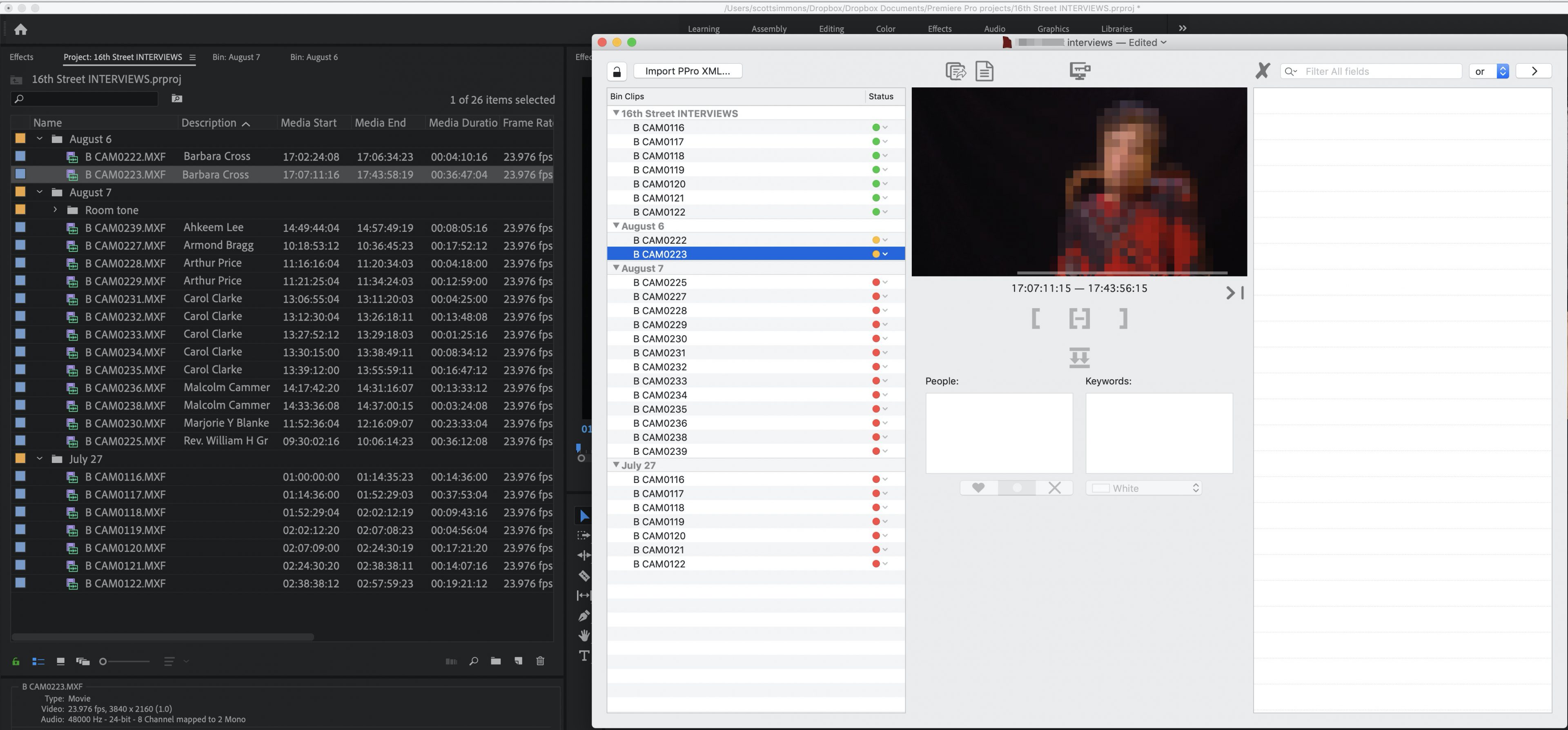
Once the application is started, choose File > Import. In the New Project dialog, give the new project a name and storage location, then click OK. Otherwise, inside Premiere, choose File > New > Project.

NOTE: If the Welcome screen appears, click “New Project,” unless you want to integrate the exported sequence with an existing Premiere sequence.
#Can you use xtocc on windows pro#
In this example, I’m using Premiere Pro CC (2014), but the process is the same for all versions of Premiere, starting with CS6. Since this process is fast and the files are small, it is easy to test to see what workflow is the best for you.
#Can you use xtocc on windows free#
So, feel free to experiment to see which export options work the best for you. NOTE: Creating an XML file does not modify your project in any way. This means that if you are sending the XML file to a different computer, you also need to send the media files, otherwise, all your clips will show up as off-line. This is because the XML file does not include media.

The XML file, itself, is tiny especially when compared to the size of media files. Give the XML file a name and location, and click Save.Įxporting is virtually instantaneous and the XML file appears where you stored it. When this dialog is configured the way you want, click OK.

NOTE: Always check “Save Project with latest clip metadata.” I can’t think of a single reason why this should be unchecked. Since I generally only want to export a single sequence from within the project file, I almost always leave this box unchecked. NOTE: If you want to select EVERYTHING in your project file, the easiest and best thing to do is to select all the clips in the Browser ( Cmd+A). If you want to include other Browser clips that are NOT in the selected sequence, check this checkbox. FCP 7 supports version 5, FCP 6 supports version 4. Whether you are exporting from FCP 6 or FCP 7, always select the highest XML version that FCP supports. NOTE: Final Cut will always export both the sequence and all the clips that are in the selected sequence. (Yes, you can export the active sequence in the Timeline, but I prefer to specifically select the sequence to export in the Browser. To export a sequence, first select the sequence in the FCP 7 Browser. This will be relevant later in this article.Īlso notice that there are dissolves on V2 and V3 (B-roll and text tracks) as well as some audio clips. Notice the size, format and placement of the opening title text. It does not make a difference to Final Cut if audio tracks are empty or have gaps. This is because Premiere prefers stereo audio to start on an odd-numbered track. However, I recommend starting stereo clips on an odd-numbered track. For instance, here, “Cerf Interplanetary Internet” is a mono clip on A1, because it is synced to the video on V1. Mono audio clips can go in any track you want. This is a typical FCP 7 sequence: multiple tracks of video and audio, text, effects and transitions.

A good way to protect yourself is to export an XML file for the finished sequence at the completion of a project to keep on file “just in case.” IMPORTANT NOTE: This means that if you ever expect to migrate an older project, or sequences from an older project, you must have a working copy of FCP 7 to create the XML file. Whether you are sending a FCP 7 sequence to Premiere, FCP X, or anywhere else, the process always starts by exporting an XML file. In fact, the process is the same, regardless of which version of Premiere you are using. Adobe has made it easy to move Final Cut Pro 7 sequences into any version of Premiere Pro starting with CS 6.


 0 kommentar(er)
0 kommentar(er)
